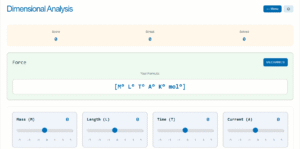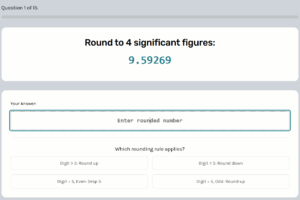Interactive Angular Momentum Simulation
Understanding Angular Momentum Experiment Through Interactive Learning
This angular momentum experiment demonstrates one of the most fundamental principles in rotational physics: the conservation of angular momentum. When no external torque acts on a rotating system, the total angular momentum remains constant, even as other properties change.
How the Angular Momentum Experiment Works
In this simulation, observe how a person spinning on a rotating chair changes speed when pulling their arms inward or extending them outward. When the arms are pulled in, the moment of inertia decreases, causing the angular velocity to increase proportionally. This real-world demonstration helps students visualize the mathematical relationship between moment of inertia (I) and angular velocity (ω) in the conservation equation: L = Iω.
Key Learning Objectives
Through this interactive physics tool, students will understand rotational dynamics, explore the inverse relationship between moment of inertia and angular velocity, and apply conservation laws to predict system behavior. This hands-on approach makes complex physics concepts accessible and engaging for learners at all levels.



